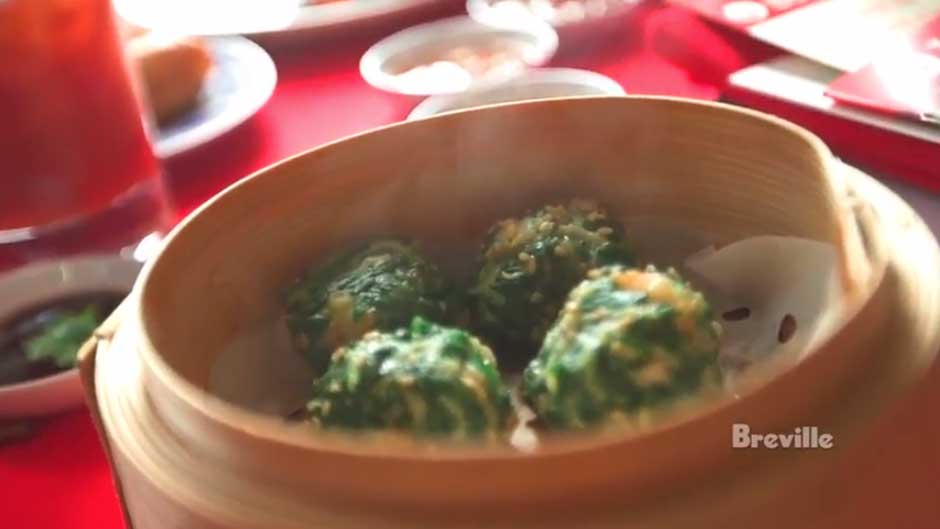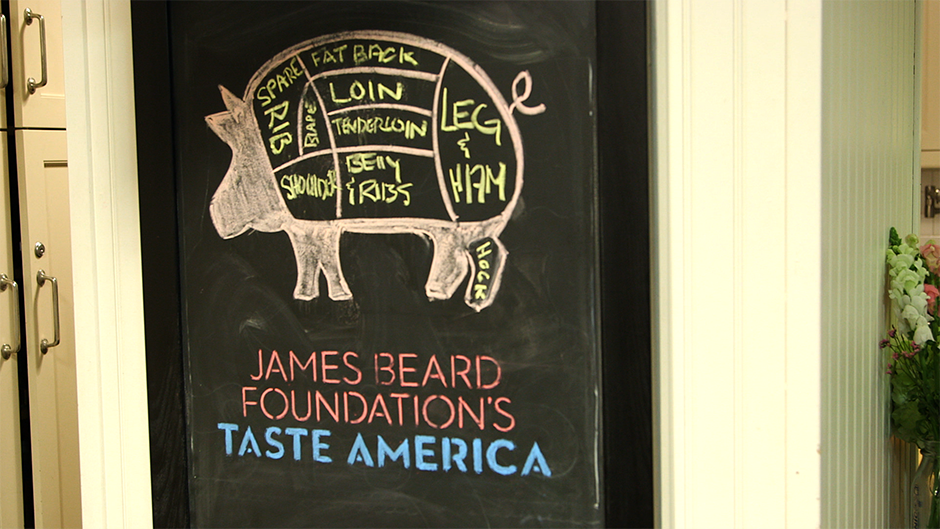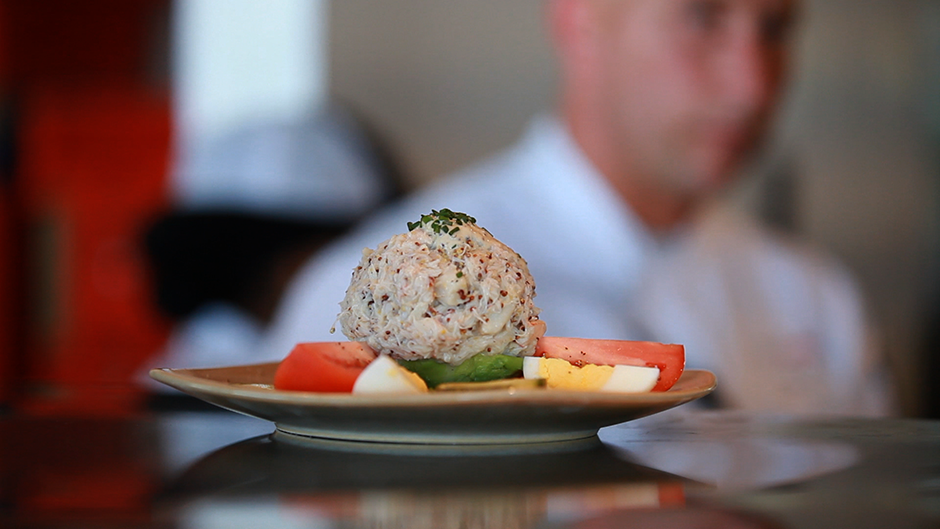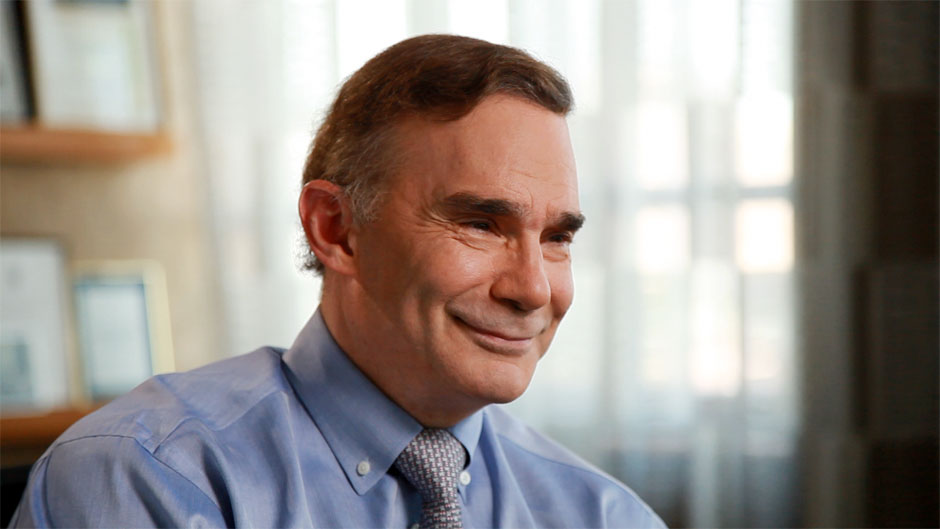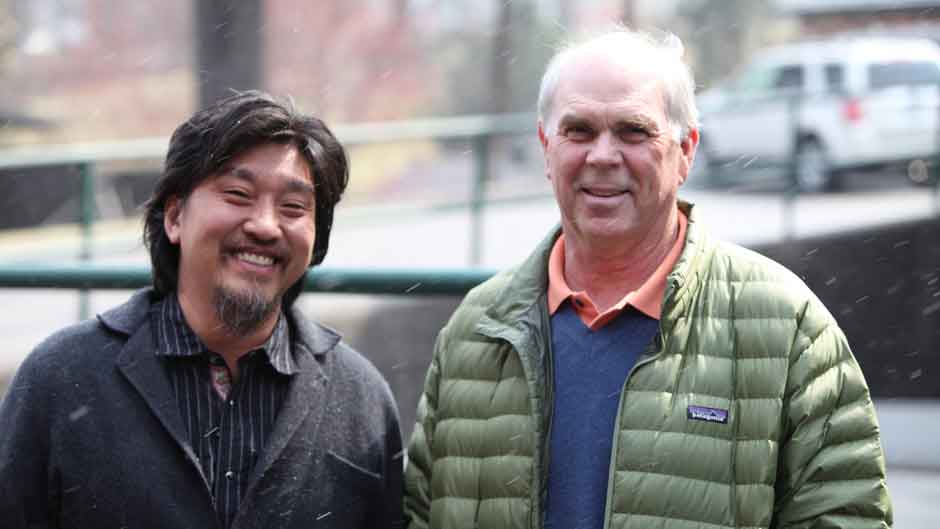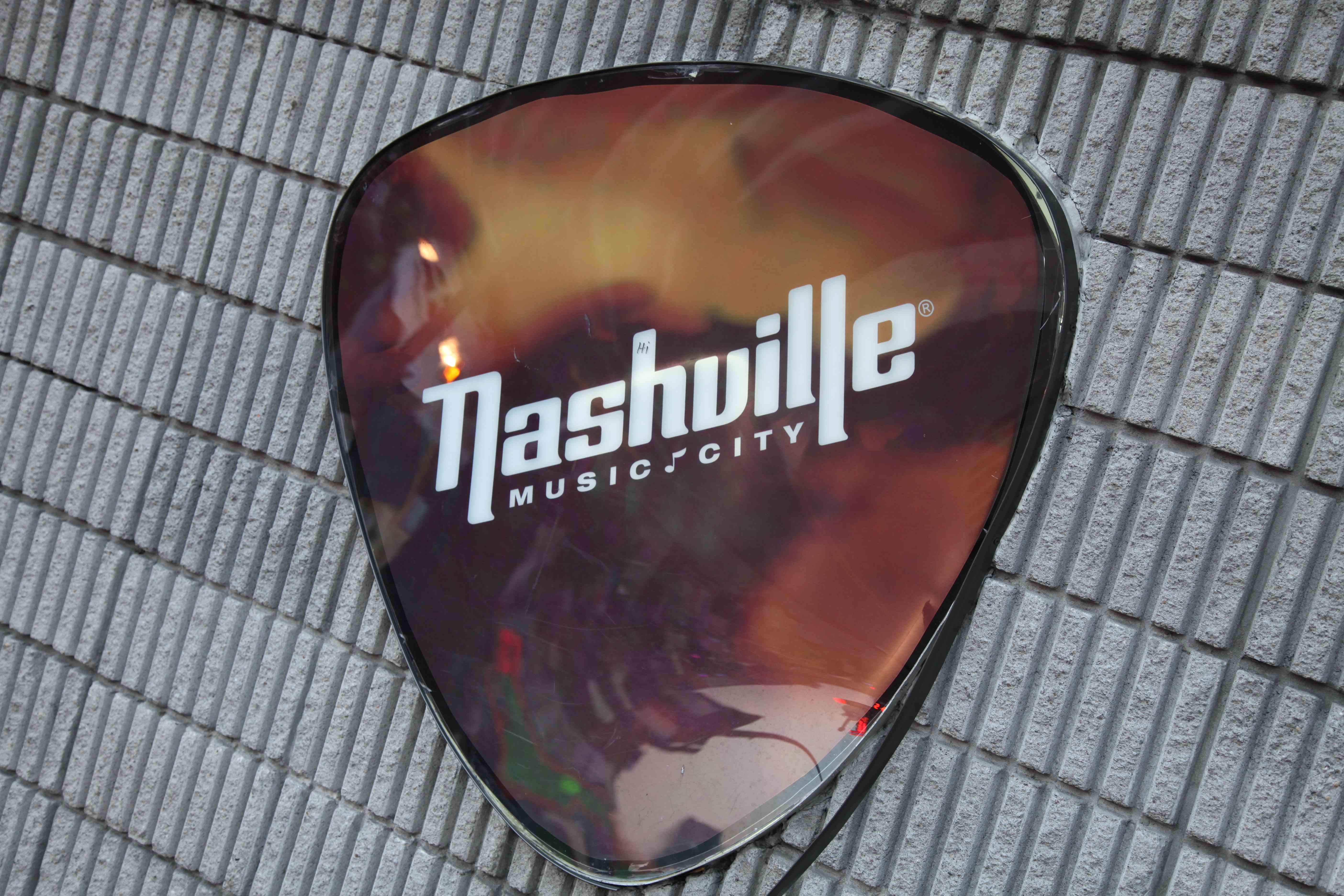Asian food options are ever-expanding for residents of most major cities across the United States.
Thai restaurants, Filipino eateries, and ramen shops are becoming ever more popular and increasingly are being helmed by a new kind of chef. These chefs, whether delving deep into traditional ingredients and techniques or developing Asian-American cuisine through innovation and culinary savvy, form the vanguard of a recently formed food movement. LuckyRice, a nationwide festival of Asian food, has emerged over the past few years at the forefront of the movement.
LuckyRice was founded in 2010 by Danielle Chang, a sort of modern Renaissance woman whose experience spans investment banking, art history, publishing, and fashion. She’s funneled all of that experience into LuckyRice, which aims to create a series of events to promote Asian food and culture, both to those already familiar with it and to those hungry to learn more. In addition to the most recent LuckyRice in New York City, the 2013 series will make stops in Los Angeles (July 27), San Francisco (September 6), Las Vegas (October 5), and Miami (November 14).

With LuckyRice’s mass appeal, it’s easy to forget that Asian food wasn’t always so popular. For a long time, “Asian food” was relegated to the land of take-out menus, but over the past decade, things have changed. Think of the original Momofuku Noodle Bar that star chef David Chang opened in NYC in 2004. Through his experience working at top restaurant kitchens, Chang elevated ramen but still kept it recognizable. His Momofuku Ramen uses broth made with roasted pork bones, shiitake mushrooms, and bacon instead of the traditional dried bonito, and replaces the typically boiled egg with a poached egg. As Peter Meehan said in the original New York Times review of the restaurant, Chang has “taken Momofuku from a neighborhoody near-ramen shop to a plywood-walled diamond in the rough.”

Asian-American cuisine is lucky to have many such diamonds in the rough, representing both the more inventive and traditional sides of the Asian food movement.
Chef Danny Bowien’s take on Szechuan food has made his restaurants in San Francisco and New York City huge hits and garnered industry accolades. Sang Yoon, of Korean and Russian decent, became famous for a burger at his LA gastropub Father’s Office before launching his Asian restaurant, Lukshon, where he makes unexpected dishes such as a Spanish mackerel sashimi and a refreshed version of Chinese pork ribs.

In the more technically traditional vein, Ivan Orkin, a born-and-raised New Yorker, opened a ramen shop in Japan in 2007 to learn the craft before bringing it back home in a series of pop-ups in New York and, any day now, a restaurant in Williamsburg. Andy Ricker’s Thai restaurants have become beloved fixtures of both the Portland and Brooklyn food scenes.
These Asian food stars are all natural fits for LuckyRice, which aims to celebrate and advance the world of Asian food in America.
Gone are the days when a sad piece of artificial crab sitting in a puddle of soy sauce passes for a foray into Japanese cuisine, and a fondness of General Tso’s chicken qualifies as a Chinese food education. The LuckyRice events bring the best chefs and their tasty creations to an audience composed of native Asian-food eaters and relative newbies alike. LuckyRice’s authentic yet innovative approach is a perfect representation of the evolving world of Asian food in the United States.


